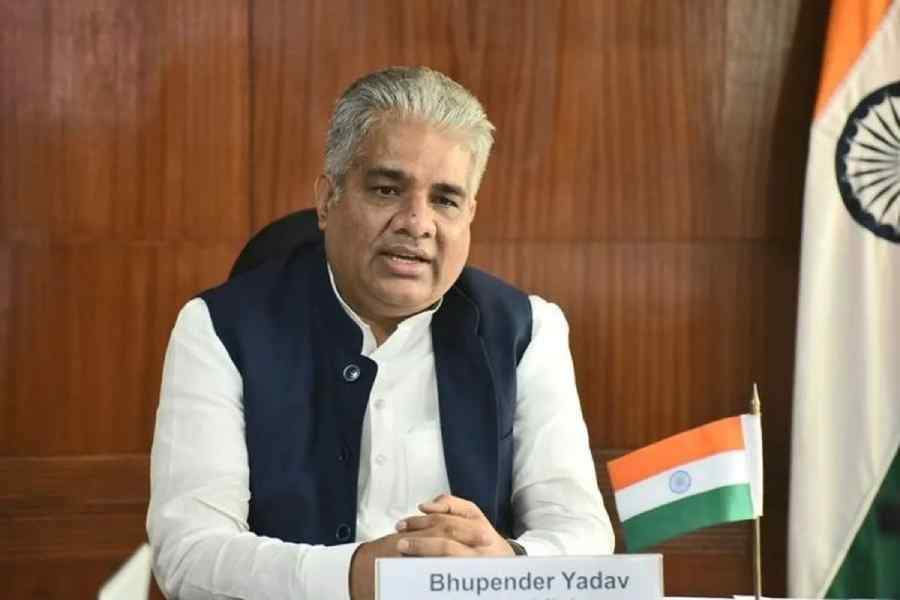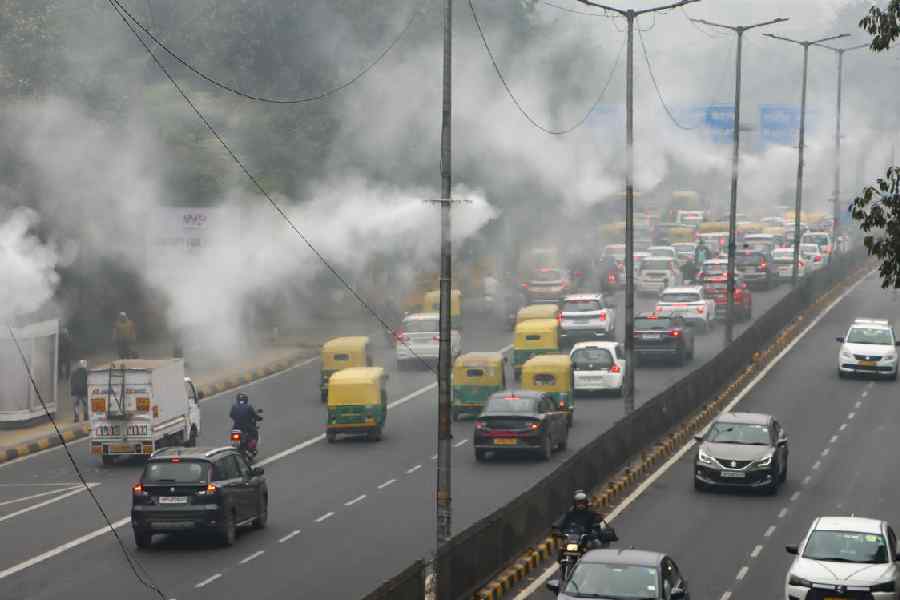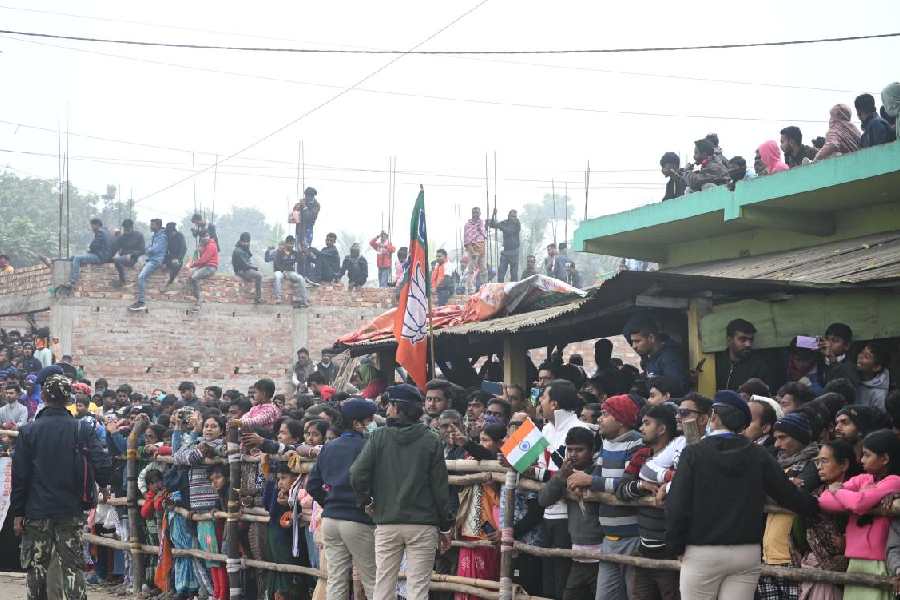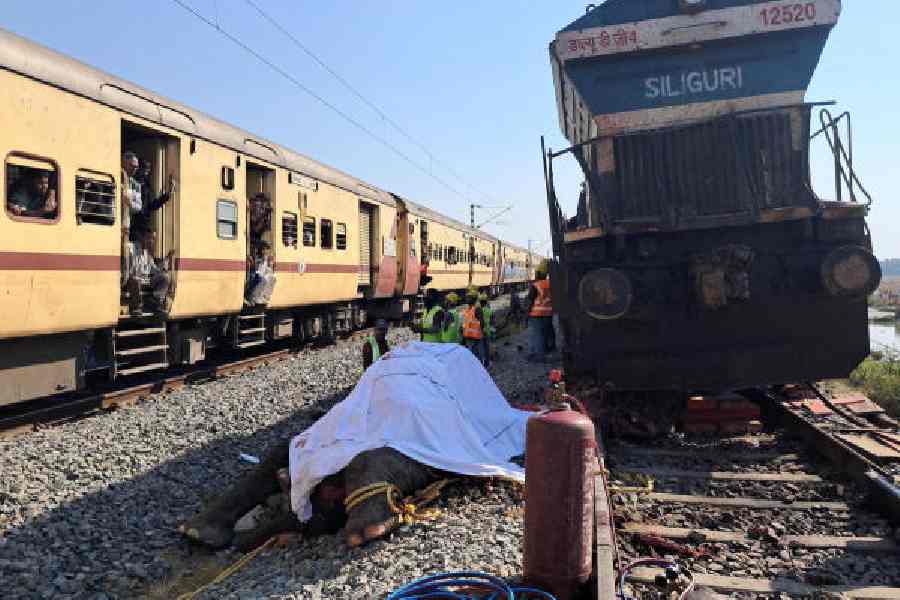 |
Patna Municipal Corporation (PMC) looked like a sitting duck as several pockets of the city sunk after the maiden monsoon dose this year.
The civic body’s last-minute “measures” to prevent waterlogging in the state capital were left battered by the three-day downpour. The PMC authorities were left fumbling for words when asked why the civic body did not take up a long-term plan to sort out the drainage issue once and for all.
“We have limited funds and resources and we work according to it. Every year, we clean drains ahead of the monsoon and the same exercise was carried out this year. But we cannot deny that the drainage system of the entire city is very old and needs a complete overhaul,” said PMC additional commissioner Chandrama Singh. He also claimed that most of the manholes were covered after contractors were hired for the job last month.
Officials admitted that encroachments, dumping of solid wastes and deposition of silt choked the drainage channels and reinforced cement concrete drains, causing waterlogging in the central and eastern areas of Patna. But they had no concrete answer as to why their measures to combat waterlogging have not proved successful.
Lallan Singh, the executive engineer of PMC’s Kankerbagh circle, said he had recently sent a proposal to the urban development department to construct two 5-km-long drains on the either side of the Gaya-Patna railway track to improve the situation. “Though we have not seen any acute waterlogging in the city yet, we hardly have any other measure in place apart from using water pumps. So I have proposed the construction of two drains to channel out water from all waterlogging-prone areas,” said Singh.
A former senior PMC official blamed the city’s topography in Kankerbagh, Rajendra Nagar, Bahadurpur and Jakkanpur for the acute waterlogging. “The city is situated on an up-level strip of land, having an average width of 1.5km in the east and 3km in the west, along the southern bank of Ganga between Danapur in the west and Fatuha in the east. The strip slopes towards the south and the east. This sort of topography gives Patna the shape of a saucer,” said former PMC chief engineer Ramswarath Singh.
As a result of the shape and system hurdles, rainfall over the past three days caused mild to severe waterlogging in several localities in the city. In Kankerbagh, almost all the roads have turned into dirty cesspools, inconveniencing pedestrians and motorists. National Building Construction Corporation is yet to finish laying a new sewerage system it started in Kankerbagh in 2008.
Many residents fear that the situation would deteriorate further and water from overflowing drains would flood basements of houses on low land. “Rainfall is supposed to bring relief for many but not for the Kankerbagh residents. It has been the same old story every year since I was born in the colony. Governments will come and go but nothing will change for us. We will keep wading through waterlogged streets and be busy in draining out sewage water from our houses,” said 20-year-old Puja Rani.
Echoing Puja, Rajendra Nagar resident Santosh Kumar complained that residents were forced to live in miserable conditions in his locality.
Citizens in other low-lying areas like Jakkanpur, Mithapur, Bahadurpur and Patliputra had similar experience to share.











